
General Atomics Electromagnetic Systems (GA-EMS) has awarded a contract to Firefly Aerospace Inc. to launch a GA-EMS developed Orbital Test Bed (OTB) satellite carrying NASA’s Multi-Angle Imager for Aerosols (MAIA) instrument.

The launch vehicle delivering the satellite to space will be Firefly’s Alpha rocket and is scheduled to launch from Vandenberg Air Force Base in 2022.
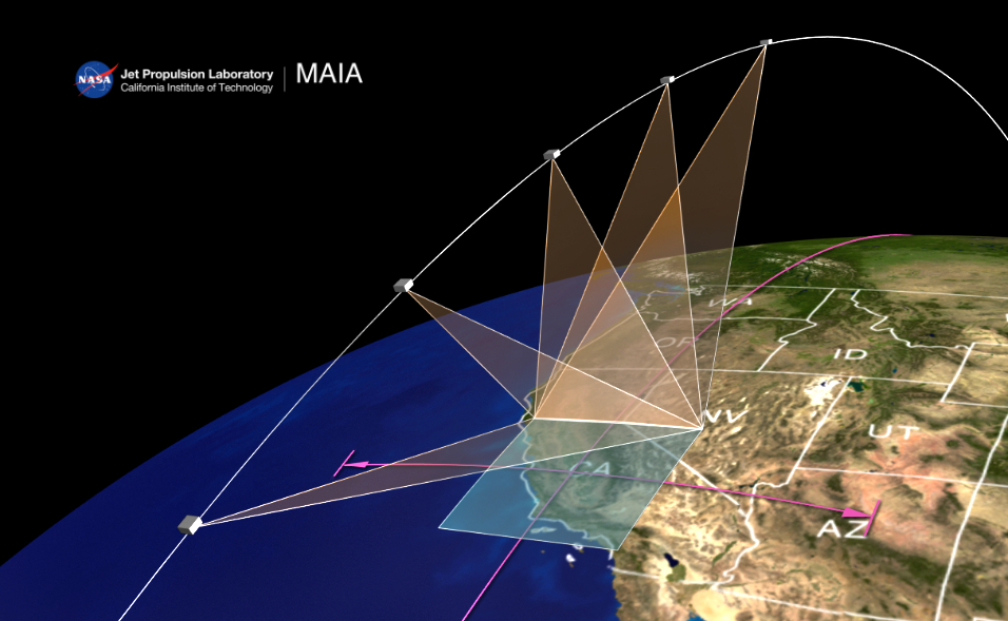
MAIA’s planned three year on-orbit operation will measure airborne particulate matter in the atmosphere to allow team members to correlate MAIA’s measurements with adverse human health issues such as cardiovascular and respiratory disease, initially focused on 12 primary target areas around the world.
MAIA is a Venture-class mission within NASA’s Earth System Science Pathfinder Program at the agency’s Langley Research Center in Virginia. NASA’s Jet Propulsion Laboratory in Pasadena, CA is responsible for the MAIA instrument design, development, and delivery.

“The Alpha rocket meets all technical and performance requirements to launch GA-EMS’ OTB spacecraft with the MAIA instrument as the primary payload on a rideshare mission,” said Scott Forney, President of GA-EMS. “By leveraging Firefly’s inventive launch capabilities with our novel approach to satellite design and development, GA-EMS is able to assure our customers keep pace with the demand to launch missions like MAIA to advance NASA’s Earth Science research goals.”

“We are honored to have been selected by GA-EMS to launch this important NASA science payload,” said Dr. Tom Markusic, Firefly’s CEO. “The Firefly team and our industry partners look forward to supporting GA-EMS on this exciting mission. The MAIA payload is a perfect example of people all around the world directly benefiting from a leading-edge space mission.”
General Atomics Electromagnetic Systems (GA-EMS) Group researches, designs and manufactures first-of-a-kind electromagnetic and electric power generation systems. GA-EMS’ history of innovation has led to an expanding portfolio of specialized products and integrated system solutions that support aviation, space systems and satellites, missile defense, power and energy, and processing and monitoring applications for critical government, defense, industrial, and commercial customers worldwide.
Firefly is developing a family of launch and in-space vehicles and services that provide industry-leading affordability, convenience and reliability. Firefly’s launch vehicles use common technologies, manufacturing infrastructure and launch capabilities, providing LEO launch solutions for up to ten metric tons of payload at the lowest cost/kg in the small-lift class. Combined with Firefly’s in-space vehicles, such as the Space Utility Vehicle and Genesis Lander, Firefly provides the space industry with a one-stop shop for missions to the surface of the Moon or beyond. Headquartered in Cedar Park TX, Firefly has additional presence in Vandenberg, California, and Washington, D.C.

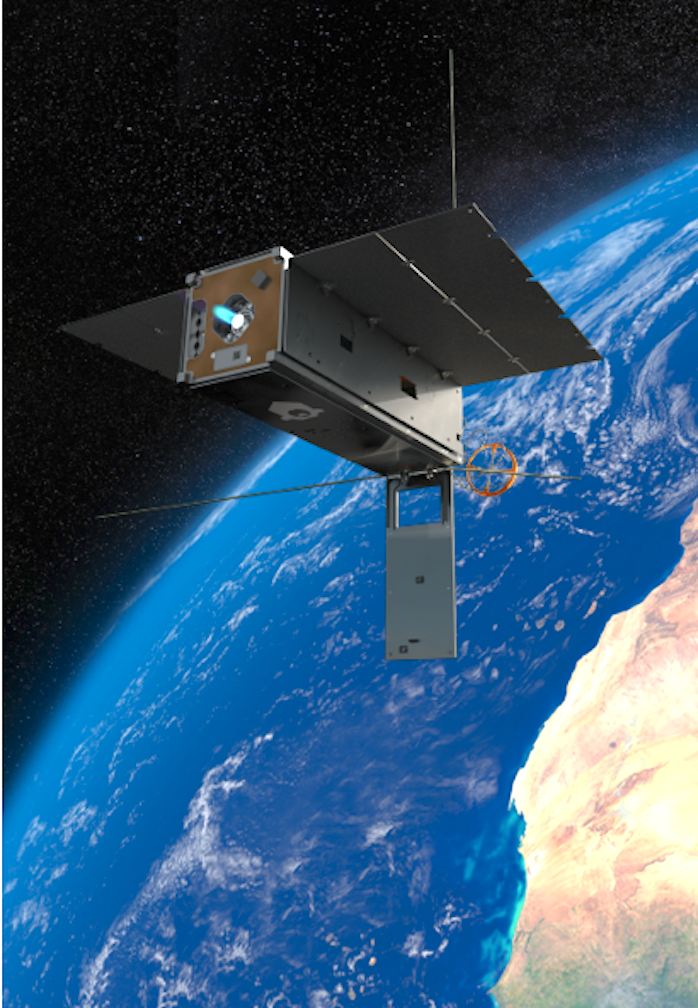
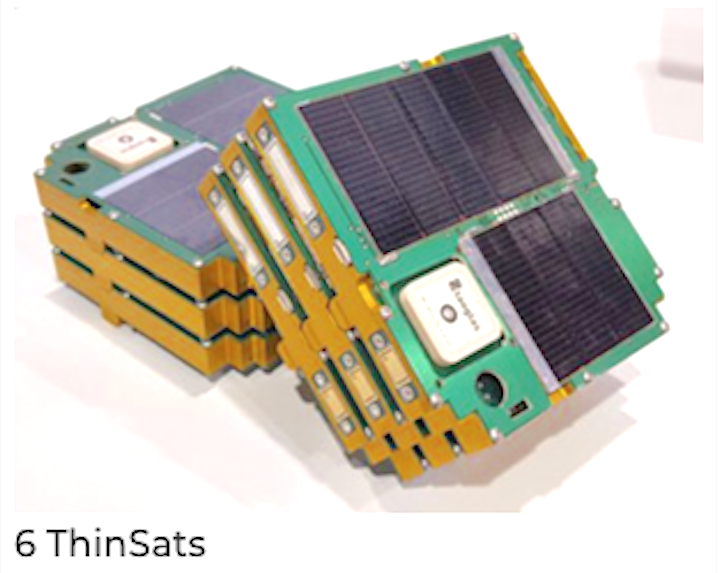
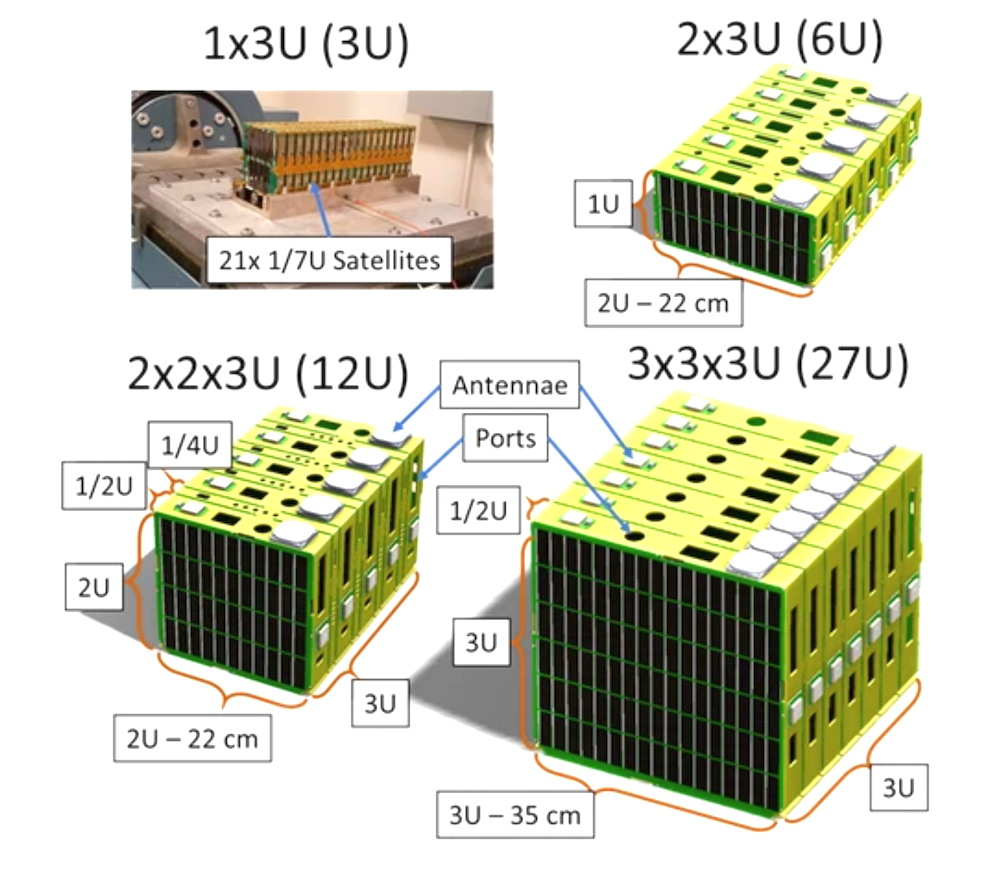
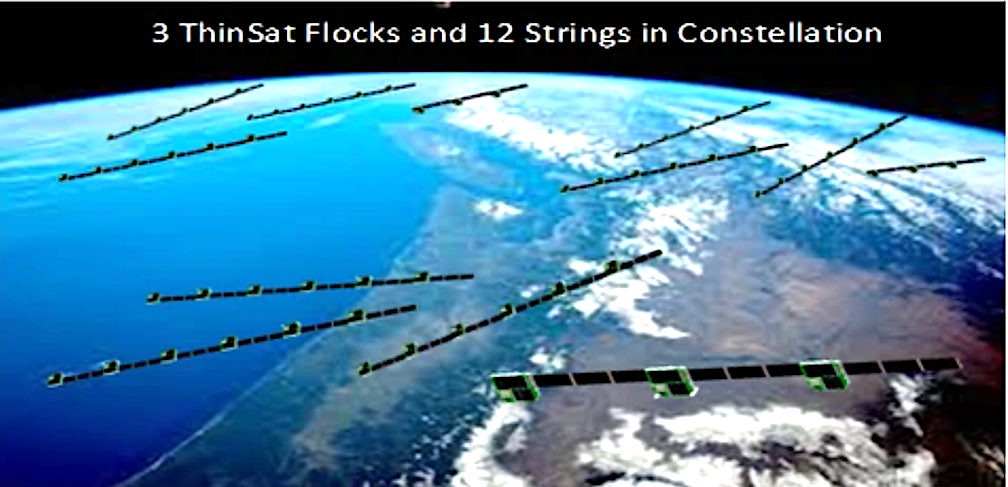


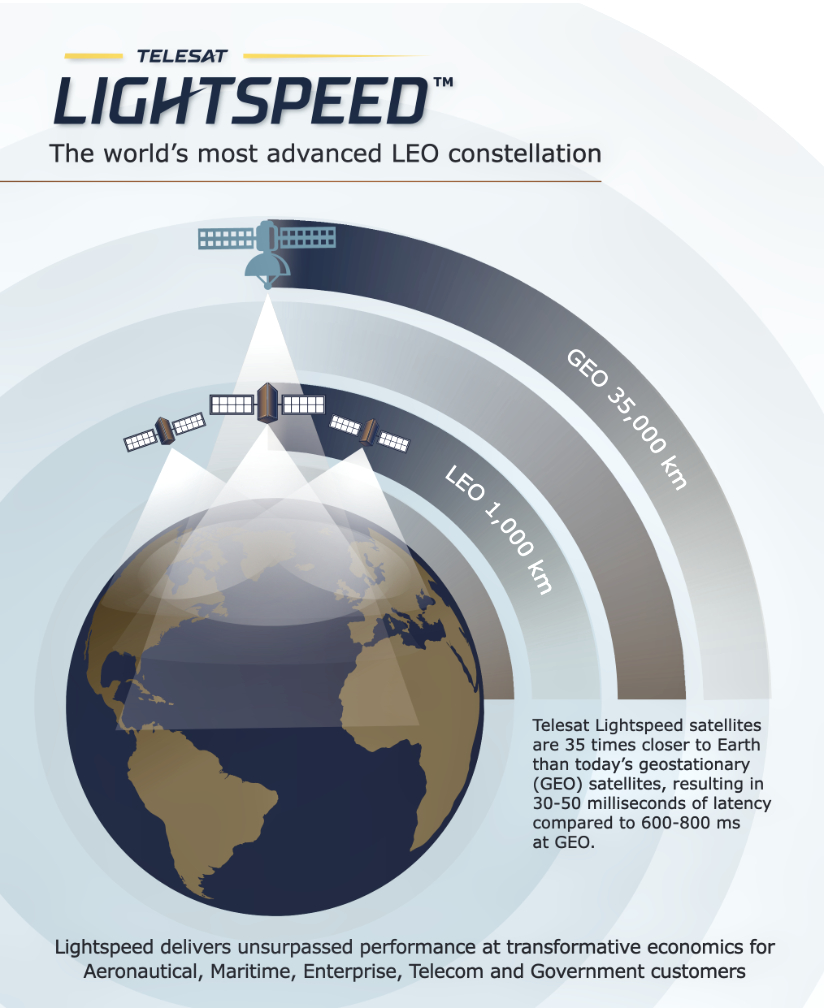

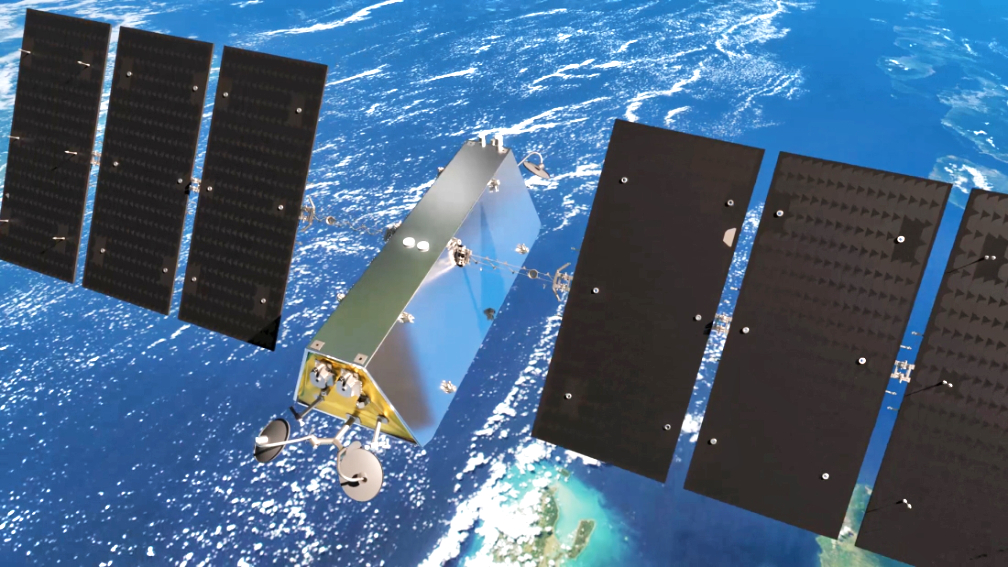




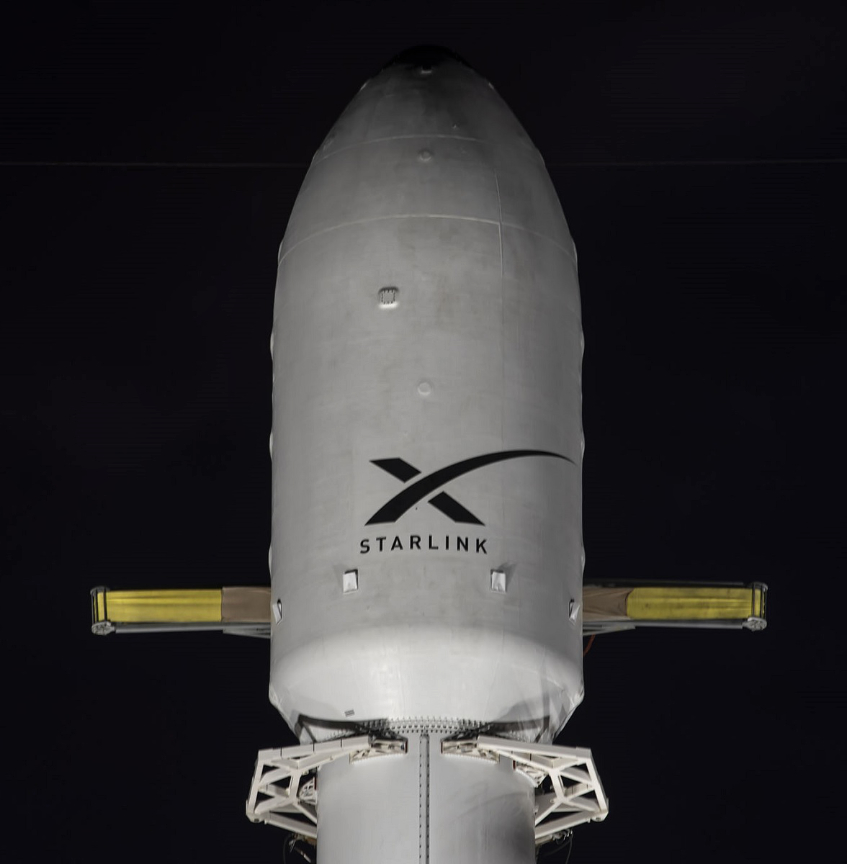
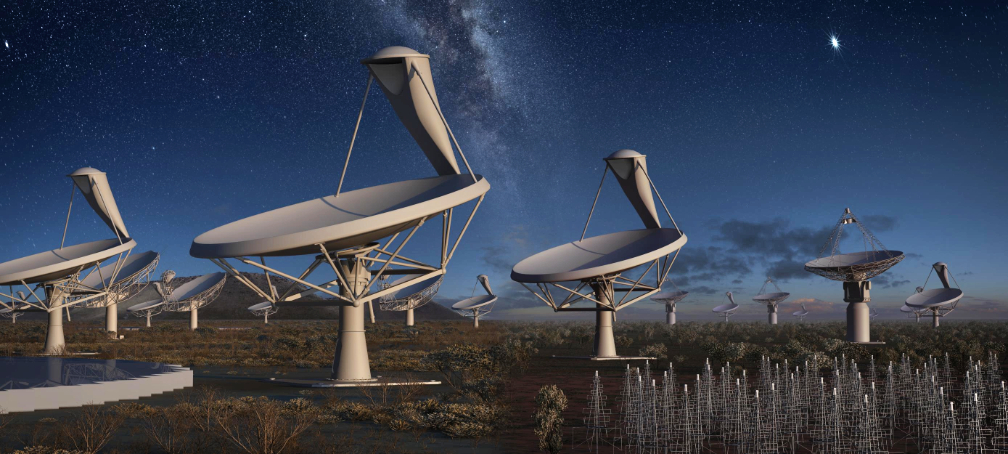



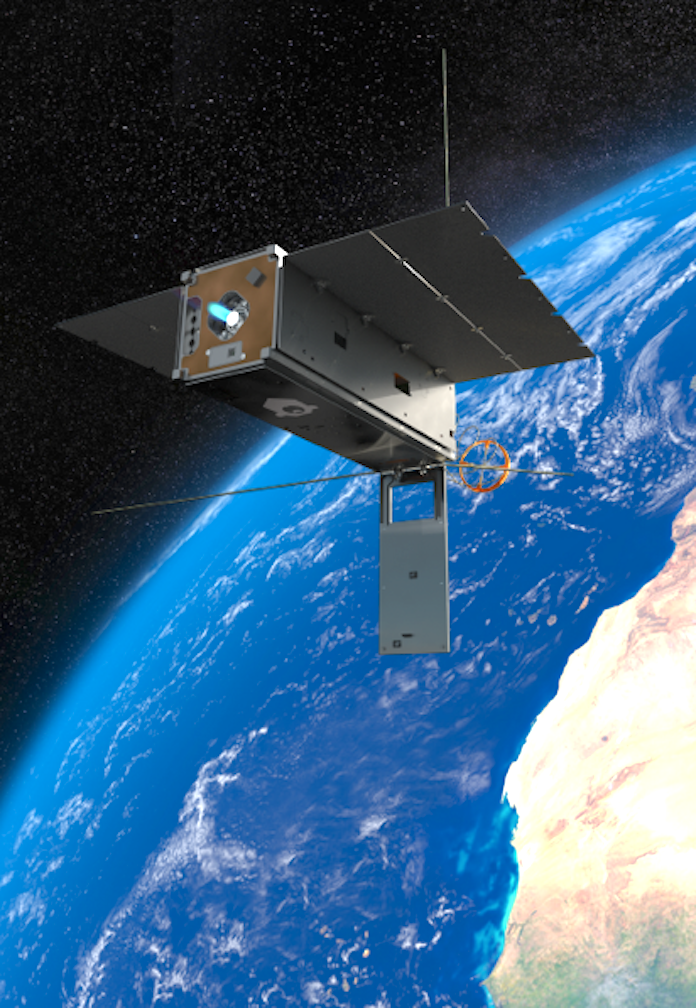
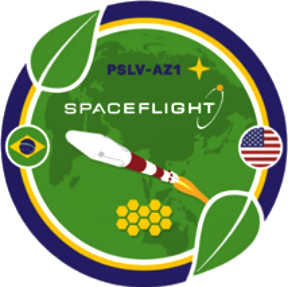
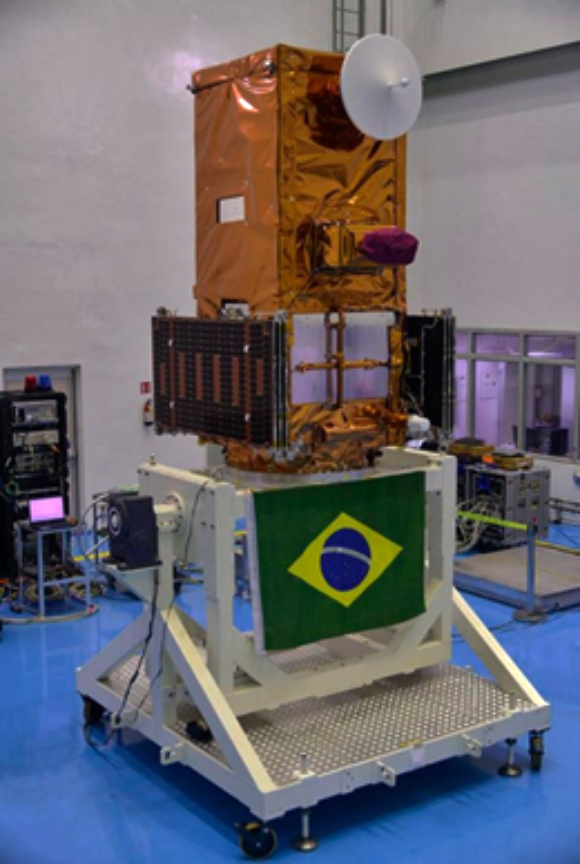
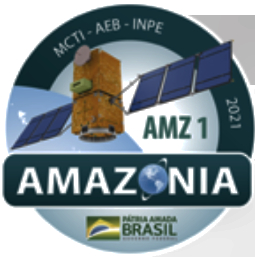
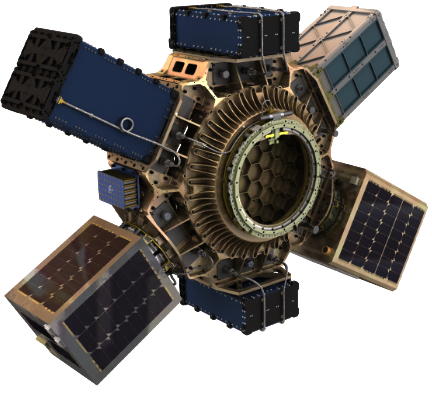
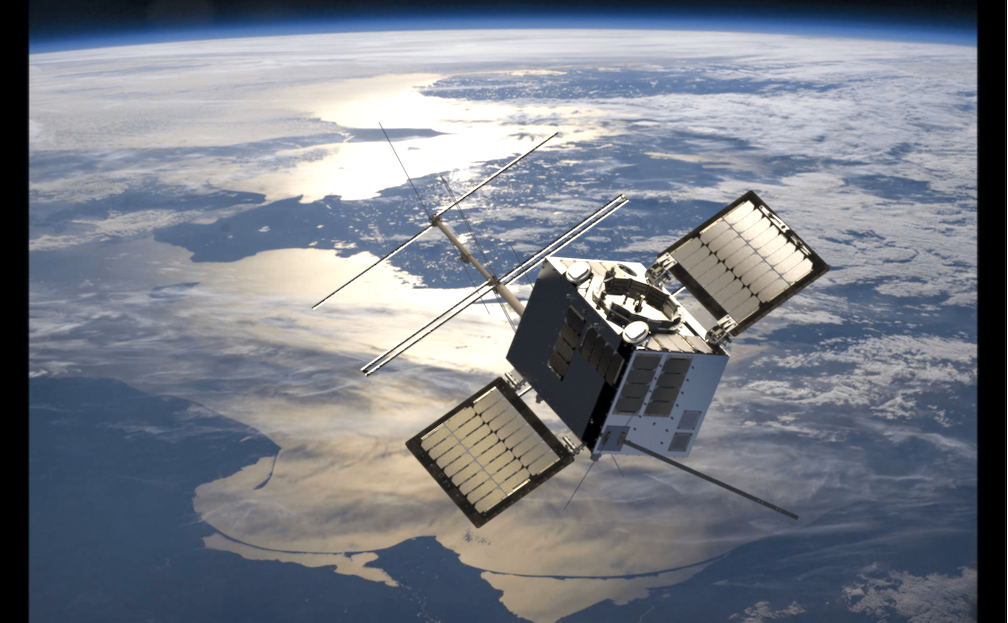
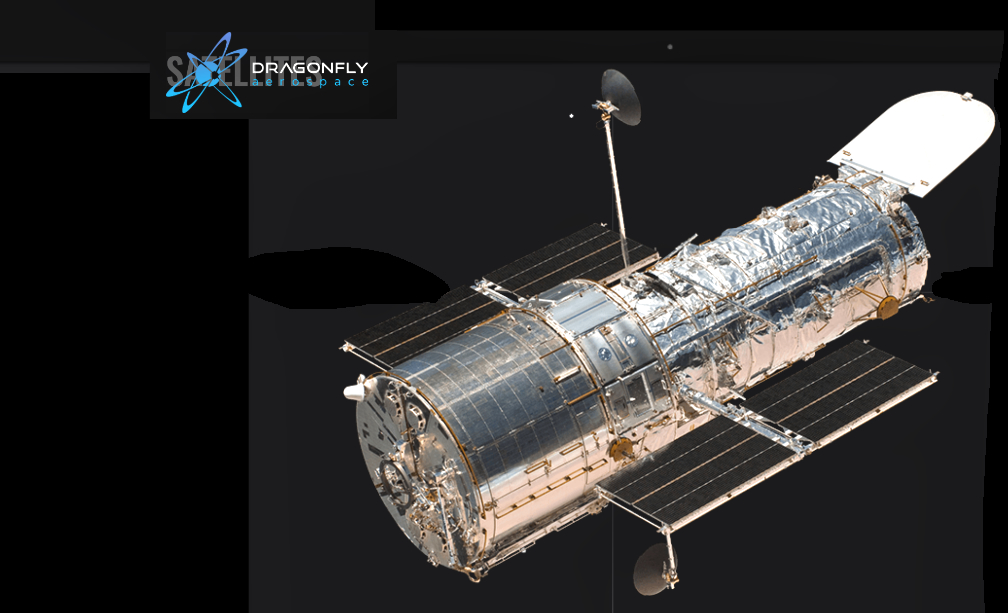


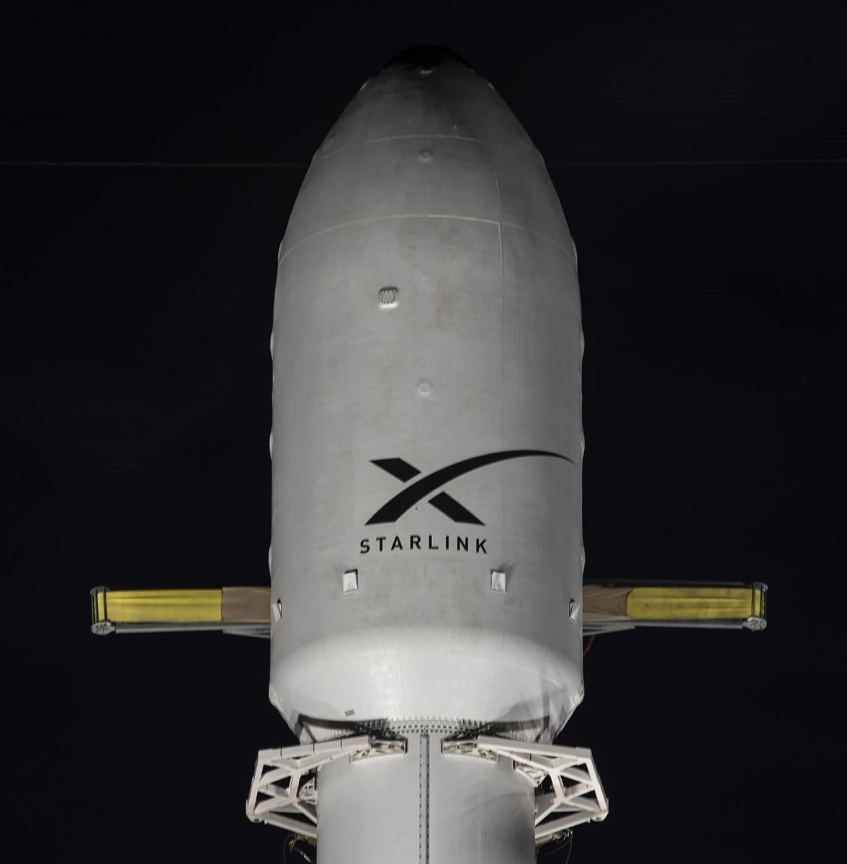
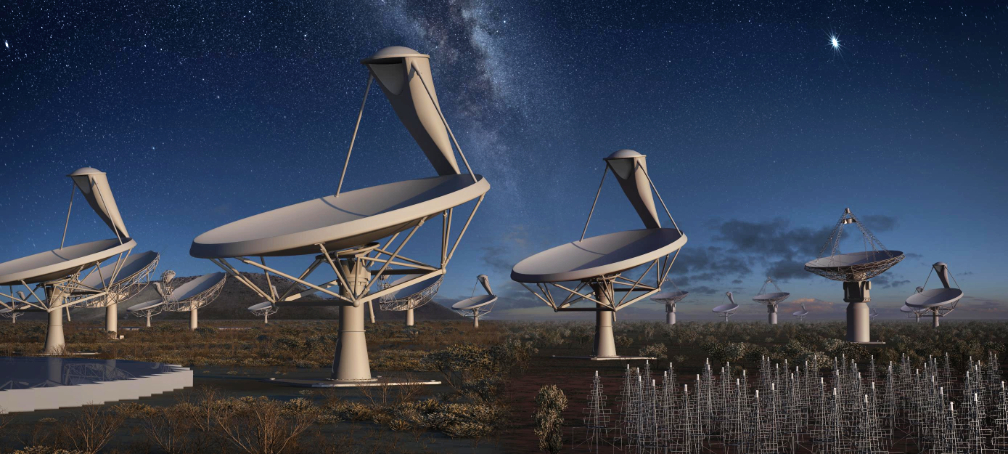
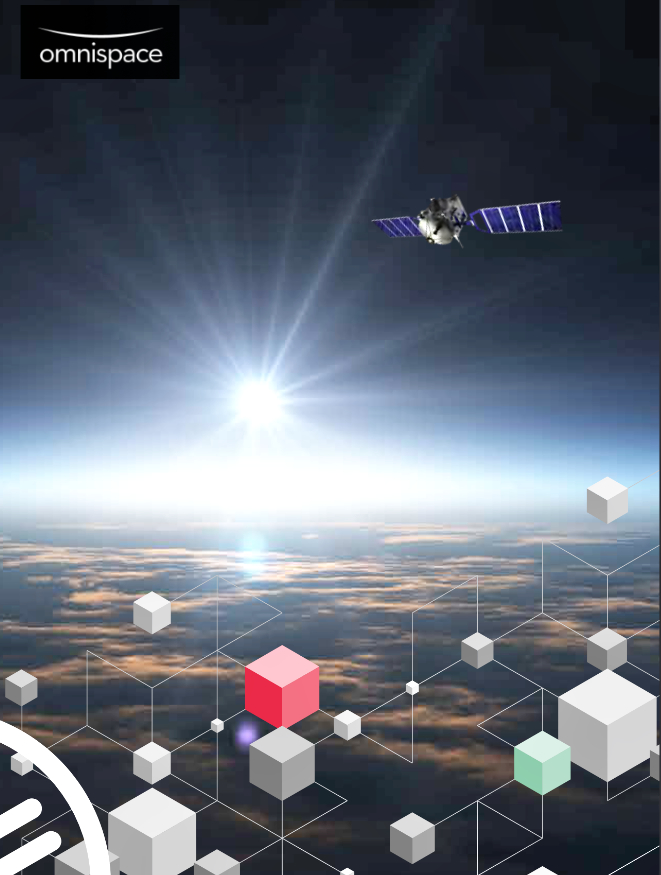
 “Omnispace is rethinking how communications networks operate. The launch of these satellites will enable the first phase of implementation towards delivering our world-class hybrid network, bringing the power of 5G from space to mobile networks, anywhere around the world,” said
“Omnispace is rethinking how communications networks operate. The launch of these satellites will enable the first phase of implementation towards delivering our world-class hybrid network, bringing the power of 5G from space to mobile networks, anywhere around the world,” said 